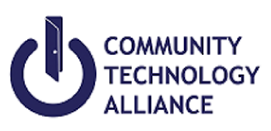Client-centric systems have better outcomes. Consider Coordinated Entry.
April 4, 2018
A centralized CARS (Coordinated Entry and Referral System) makes it possible for individuals and families to get the help they need no matter where they first encounter the system of care.
After filling out a survey, clients are directed to the services or housing intervention that best suits their needs. No more multiple submissions of the same forms. No more disheartening bureaucratic runaround.
Creating a Coordinated Entry system shifts your mindset. Instead of asking whether this household is eligible for your specific program, you have to ask “Among the various options available in the Continuum of Care, what would be best?”
But how do you build out this new system when many of the agencies you work with are still using a variety of different databases?
Some tips to make it work:
- Integrate different databases. Use Open Source tools (HOME, HSLynk data warehouse) to build out the Coordinated Entry system. This lets you break down the silos of data and integrate partners who use different databases.
- Work within existing systems. For example, CTA’s HOME allows any program to collect and upload client and VI-SPDAT data directly without imposing new software or licenses. As long as your partners’ systems can import/export, they can use HSLynk.
- Measure Outcomes not Outputs. Get a gap analysis of data quality issues and a road map to increase data quality. This is critical, because you want to be measuring actual changes in access, assessment and referrals, not just in services performed.
Interested in creating a Coordinated Entry and Referral System? CTA can help. Reply to this email to set up a free consultation. Contact us.

